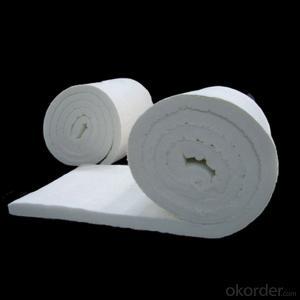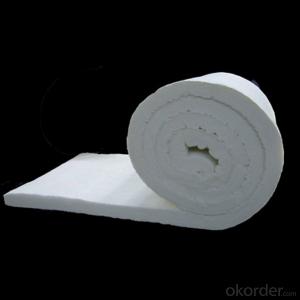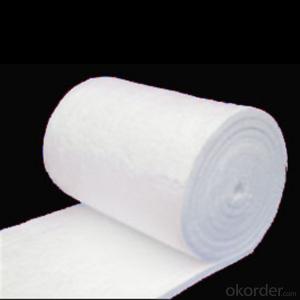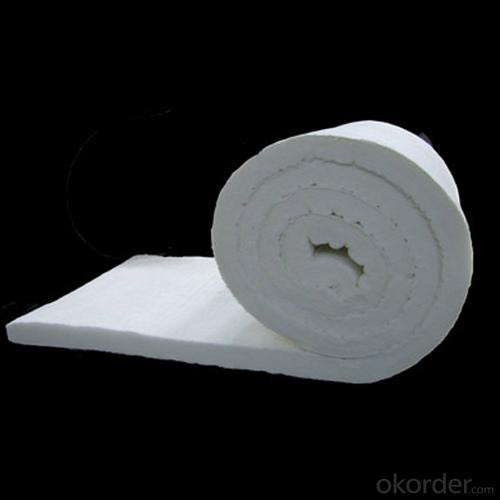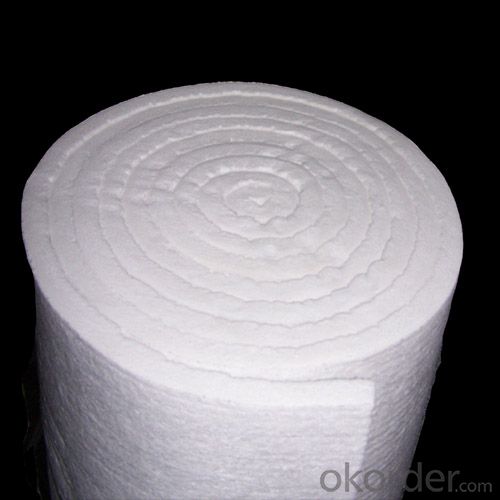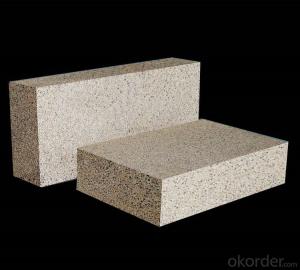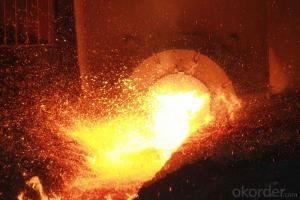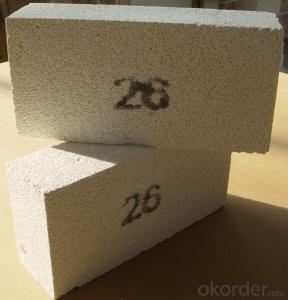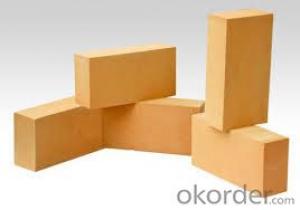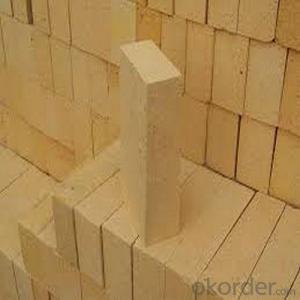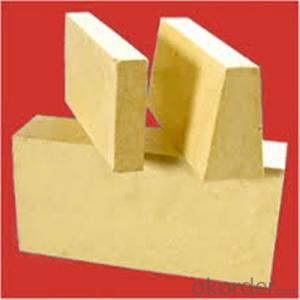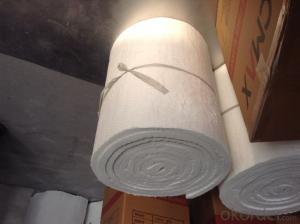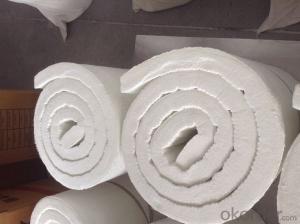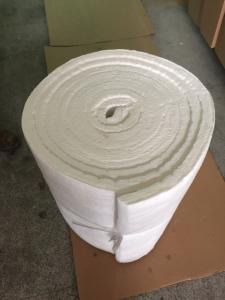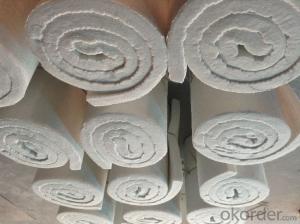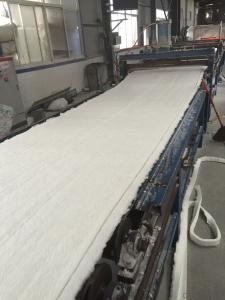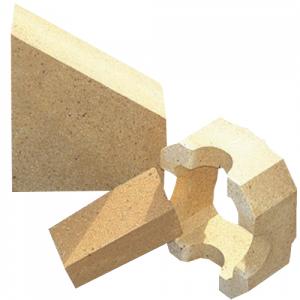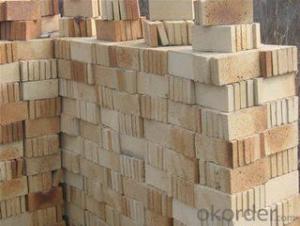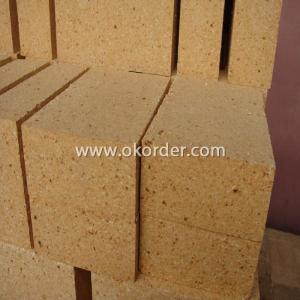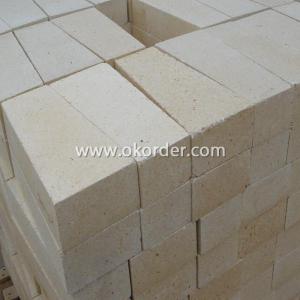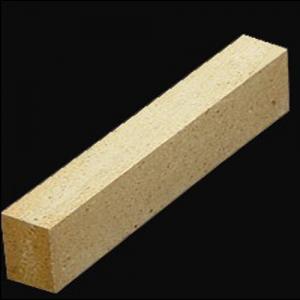Fireclay Brick Insulating Ceramic Fiber Blanket Refractory Blanket
- Loading Port:
- Qingdao
- Payment Terms:
- TT OR LC
- Min Order Qty:
- 225 roll
- Supply Capability:
- 31500 roll/month
OKorder Service Pledge
OKorder Financial Service
You Might Also Like
General information:
Cmax ceramic fiber blanket is made from high quality gao-ling clay, high purity alumina and silica oxides by spun or blown process. It is asbestos free. No chemical binder is added. Double-size needling provides blanket with great tensile or handling strength for easy installation. Blankets are available in various classified temperature from 1260ºC to 1430ºC.
Advantages:
Heat reflectance
Light weight
Low thermal conductivity
Low heat storage
Flexible
Resilient to thermal stock
High tensile strength
Corrosion resistance
Easy to install
Asbestos free
Application:
Petrochemical process heater refractory fiber lining
Heat treating furnace or intermittent (shuttle) kiln hot face lining
General furnace backup insulation
Heat seals for kiln car or furnace door
Electrical insulator
High temperature acoustic
Fire protection
Non-standard sizes are available upon request.
This information, subject to change, is offered solely for your consideration. Users of our products should make their own tests to determine the suitability of each product for their particular purposes.
| TECHNIQUE DATA | |||||||
| STD | HP | HA | HZ | ||||
| CLASSIFICATION TEMPERATURE(C) | 1260 | 1260 | 1350 | 1450 | |||
| WORKING TEMPERATURE(C) | 1000 | 1050 | 1200 | 1350 | |||
| COLOR | WHITE | WHITE | WHITE | WHITE | |||
| BULK DENSITY(kg/m 3 ) | 96/128 | 96/128 | 96/128 | 96/129 | |||
| THERMAL SHRINKAGE 24HRS (Density 128kg/m 3 ) | ≤ 3 | ≤ 3 | ≤ 3.5 | ≤ 3.5 | |||
| THERMAL CONDUCTIVITY(W/m. k) (Density 128kg/m3 ) | |||||||
| 800C | 0.15 | 0.176 | 0.160 | 0.155 | |||
| 1000C | 0.170 | 0.220 | 0.180 | 0.230 | |||
| 1200C | - | - | 0.260 | 0.31 | |||
| CHEMICAL COMPOSITION(%) | |||||||
| Al2O3 | 45-46 | 45-46 | 53-55 | 38-54 | |||
| SiO2+Al2O3 | 98.5 | 99 | 99 | 82-90 | |||
| ZrO2 | - | - | - | 13-18 | |||
| Fe2O3 | ≤ 0.4 | ≤ 0.3 | ≤ 0.3 | ≤ 0.3 | |||
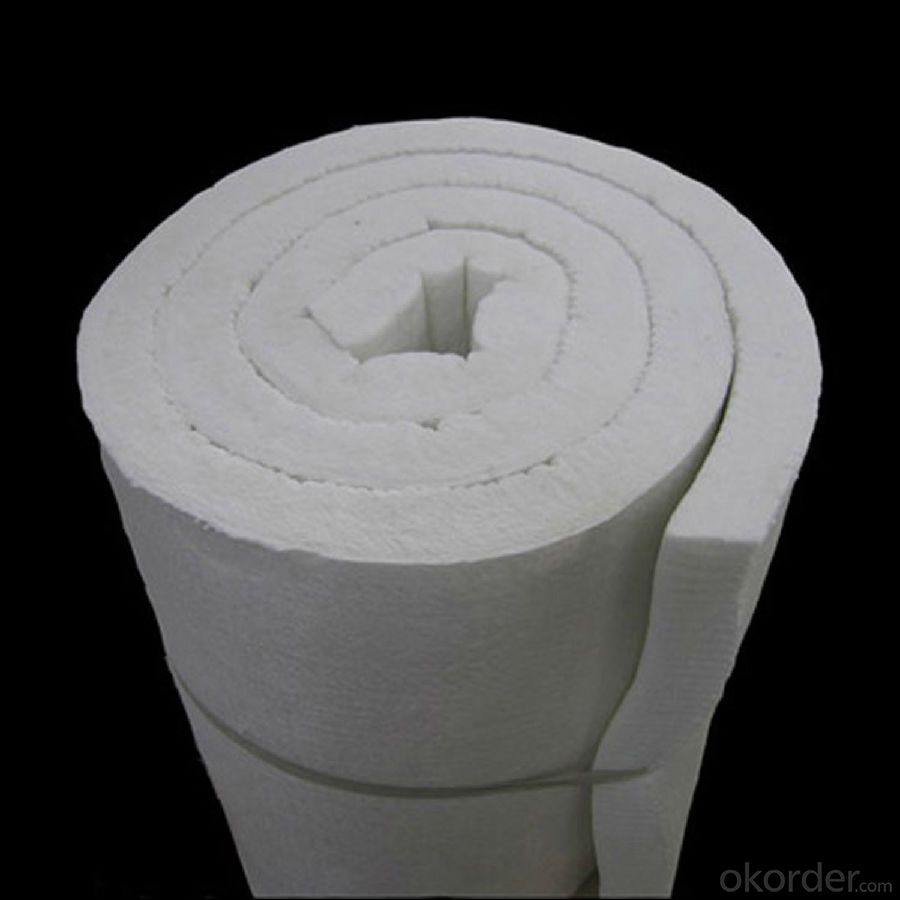
- Q: What are the differences between high alumina brick and high alumina refractory brick?
- High alumina brick is generally the national standard T-3 models, high alumina refractory brick is brick with more than 55% of aluminum content including special-shaped brick.
- Q: What types of building blocks do you have?
- Ordinary housing: building brick (clay brick), and non sintered brick (sand lime brick, fly ash brick, cement brick, etc.)
- Q: Clay brick, red brick, always fried brick how to do?
- Clay brick and red brick are of very important quality and must not contain sand or gravel.
- Q: What are the ingredients of brick?
- Is the most traditional brick masonry material, its composition is clay as the main raw material gradually to the development of industrial waste utilization of coal gangue and fly ash, and by solid and hollow porous to development, development by sintering to non sintering.
- Q: The renewal of refractory brick internal the lime kiln belongs to overhaul. In the absence of production, are the replacement of valve and sporadic projects also considered overhauls? Or routine maintenance!
- The replacement of refractory brick for lime kiln is definitely a major overhaul, and the replacement of the valve and sporadic items can only be regarded as routine maintenance.
- Q: Will the heat be taken away by the refractory brick
- No
- Q: Tunnel kiln firing refractory brick by 0 against the good rely on
- Modern advanced kiln has high temperature strength and good thermal shock resistance, better environmental protection, is the most economical and efficient kiln. (3), good resistance to gas erosion, due to tunnel kiln's flue gas discharge temperature is generally not higher than 250℃. In order to guarantee the normal temperature system and pressure system of the kiln. Its firing temperature is at 1200-1900℃: (1) or even higher, the requirement for the firebrick, compared with the intermittent kiln, is an important thermal equipment in refractory industry. It is a kind of energy-saving kiln. Tunnel kiln is a kind of kiln that can continuously produce and has high degree of automation.
- Q: Why can't gravity retaining walls be made of clay bricks?
- The masonry of gravity retaining walls, of course, takes into account compression problems, and the use of clay bricks requires consideration of compression calculations and service life.
- Q: With what three clay brick clay brick with six holes under what circumstances?
- Different specifications, different strength, and use in different structures.
- Q: Can refractory bricks be used to pave roads or build a wall?
- Complete refractory brick has standard size and it is heavier than ordinary red brick. the volume ratio is shrinking with change of temperature to crack and strength of brick with brick walls down enough for new
Send your message to us
Fireclay Brick Insulating Ceramic Fiber Blanket Refractory Blanket
- Loading Port:
- Qingdao
- Payment Terms:
- TT OR LC
- Min Order Qty:
- 225 roll
- Supply Capability:
- 31500 roll/month
OKorder Service Pledge
OKorder Financial Service
Similar products
Hot products
Hot Searches
Related keywords
